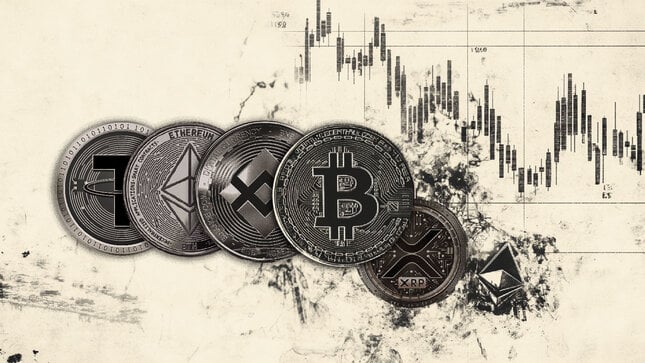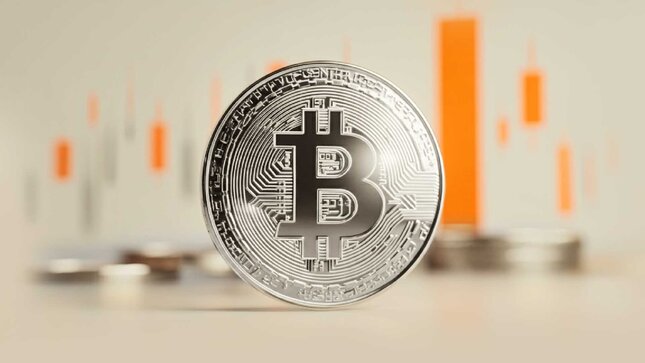In last week’s article, I began a discussion of option basics. One of the examples I gave was this regarding put options:
“The right to sell QQQ at $87 is valuable, if QQQ is selling for $80. Whoever has that right could buy QQQ on the open market for $80, and then exercise the put option and thereby sell QQQ at $87. That right is worth at least $7 ($87 – $80). If there is some time to go before the option expires, it will be worth more than $7. That is because QQQ could go even lower. In that case, the right to sell it at $87 would be worth even more. Because of that possibility, the option will sell for some amount over $7. In future articles we’ll talk about how much larger that amount can be, and what affects it.”
Today we’ll talk about what affects the amount of time value in an option.
In the case of the $87 put described above, with its underlying asset at $80, we know the value of the put must be at least $7. If it were less than that, here’s what could happen. Say the put was selling for $5. Anyone could pay that $5, plus $80 for a share of QQQ, and then immediately resell QQQ at its $87 market price. This would result in a risk-free profit of $2. If this were the case, then all option traders would want to buy as many of those puts as they could get. They would bid up the price of the puts until the risk-free profit went away, at a price of $7. This $7 difference between the $87 strike price and the $80 stock price is referred to as the intrinsic value of the put.
An option can never be worth less than its intrinsic value. That would enable risk-free profit, and there ain’t no such animal in the option market. But an option can be worth more than its intrinsic value, and almost always will be. Here, if the price of QQQ went even lower, the intrinsic value of the put would go higher. The value of that possibility (of the put gaining even more intrinsic value) is called time value. The amount of time value in any given option is affected by:
The remaining time until expiration. The longer that is, the farther QQQ could move.
The current price of QQQ compared to the $87 strike price. The closer QQQ is to the strike price, the more the time value is worth.
The expected volatility of the QQQ during the life of the option. The faster it is expected to move, the more expensive time value is.
The prevailing risk-free interest rate (in the United States, the short-term US Treasury yield). Higher interest rates increase the value of calls and decrease the value of puts.
Expected dividend payments during the life of the option. These work in the opposite direction from interest rates, decreasing call values and increasing put values.
These five factors are inputs into option pricing models, or formulas, that calculate how much the time value in a given option is worth. Of the five factors, four are bound by rigid rules: Items 4. and 5. (dividend yields and interest rates) are generally constant over the life of the option. Item 1. (time to expiration) declines by a precisely predictable rate. Item 2. (difference between stock price and strike price) has a precisely known effect. That leaves only one factor that can change in sudden and unexpected amounts. That factor is item 3., expected volatility.
Whenever an event occurs that might affect the underlying stock price (whether that effect has happened yet or not), the option market responds by instantly re-evaluating the expected rate of change and pricing that into all of the options for that stock. Not that the option market participants are precisely calculating the effect – they just are willing to pay more or less for the options. Based on what they are now paying, they are implying that they believe that the rate of change is now different. With data on what options are now selling for, we can use the option pricing formula to solve for the amount of expected volatility. The solution to this equation is called implied volatility. We could say that implied volatility is the rate of change that the underlying asset would have to exhibit over the remaining life of the option, for the prices that people are paying for the option to make sense. The notion of implied volatility is a way for us to put a price on “the madness of crowds.” If a change in an option’s price can’t be accounted for in any other way, we call it a change in implied volatility.
Despite its somewhat nebulous nature, implied volatility is a force to be reckoned with. More precisely we could say that people’s expectations of future underlying price movement, which are translated from actual option prices into an implied volatility reading, can have large effects on option prices.
Implied volatility for any given underlying asset can range widely from time to time. The readings for the stock of Apple Computer, for example, have been as low as 19% and as high as 57% in the last year alone. The 19% reading is the current one. As an extreme example, the January 2015 calls (the most distant options we can get) at the $595 strike price are today selling at around $39 per share. If the level of future expectations were to go back to the 57% level, these same options would sell for almost $73 – without any change in the price of the stock at all. Clearly, what people expect to happen to a stock has major ramifications for the value of its options.
This content is intended to provide educational information only. This information should not be construed as individual or customized legal, tax, financial or investment services. As each individual's situation is unique, a qualified professional should be consulted before making legal, tax, financial and investment decisions. The educational information provided in this article does not comprise any course or a part of any course that may be used as an educational credit for any certification purpose and will not prepare any User to be accredited for any licenses in any industry and will not prepare any User to get a job. Reproduced by permission from OTAcademy.com click here for Terms of Use: https://www.otacademy.com/about/terms
Editors’ Picks

EUR/USD holds steady below 1.1800
EUR/USD moves sideways in a narrow channel below 1.1800 as the market volatility remains low ahead of the New Year holiday. On Tuesday, investors will pay close attention to the minutes of the Federal Reserve's December policy meeting.

GBP/USD retreats below 1.3500 as trading conditions remain thin
GBP/USD corrects lower after posting strong gains in the previous week and trades below 1.3500 on Monday. With the action in financial markets turning subdued following the Christmas holiday, however, the pair's losses remain limited.

Gold extends correction from record-high, trades below $4,400
Gold retreats sharply from the record-peak it set at $4,550 and trades below $4,400, losing more than 3% on the day. Growing optimism about a Ukraine-Russia peace agreement and profit-taking ahead of the New Year holiday seem to be causing XAU/USD to stay under heavy bearish pressure.

Bitcoin, Ethereum, and XRP bulls regain strength
Bitcoin, Ethereum, and Ripple record roughly 3% gains on Monday, regaining strength mid-holiday season. Despite thin liquidity in the holiday season, BTC and major altcoins are regaining strength as US President Donald Trump pushes peace talks between Russia and Ukraine. The technical outlook for Bitcoin, Ethereum, and Ripple gradually shifts bullish as selling pressure wanes.

Bitcoin Price Annual Forecast: BTC holds long-term bullish structure heading into 2026
Bitcoin (BTC) is wrapping up 2025 as one of its most eventful years, defined by unprecedented institutional participation, major regulatory developments, and extreme price volatility.
RECOMMENDED LESSONS
Making money in forex is easy if you know how the bankers trade!
I’m often mystified in my educational forex articles why so many traders struggle to make consistent money out of forex trading. The answer has more to do with what they don’t know than what they do know. After working in investment banks for 20 years many of which were as a Chief trader its second knowledge how to extract cash out of the market.
5 Forex News Events You Need To Know
In the fast moving world of currency markets where huge moves can seemingly come from nowhere, it is extremely important for new traders to learn about the various economic indicators and forex news events and releases that shape the markets. Indeed, quickly getting a handle on which data to look out for, what it means, and how to trade it can see new traders quickly become far more profitable and sets up the road to long term success.
Top 10 Chart Patterns Every Trader Should Know
Chart patterns are one of the most effective trading tools for a trader. They are pure price-action, and form on the basis of underlying buying and selling pressure. Chart patterns have a proven track-record, and traders use them to identify continuation or reversal signals, to open positions and identify price targets.
7 Ways to Avoid Forex Scams
The forex industry is recently seeing more and more scams. Here are 7 ways to avoid losing your money in such scams: Forex scams are becoming frequent. Michael Greenberg reports on luxurious expenses, including a submarine bought from the money taken from forex traders. Here’s another report of a forex fraud. So, how can we avoid falling in such forex scams?
What Are the 10 Fatal Mistakes Traders Make
Trading is exciting. Trading is hard. Trading is extremely hard. Some say that it takes more than 10,000 hours to master. Others believe that trading is the way to quick riches. They might be both wrong. What is important to know that no matter how experienced you are, mistakes will be part of the trading process.
The challenge: Timing the market and trader psychology
Successful trading often comes down to timing – entering and exiting trades at the right moments. Yet timing the market is notoriously difficult, largely because human psychology can derail even the best plans. Two powerful emotions in particular – fear and greed – tend to drive trading decisions off course.
